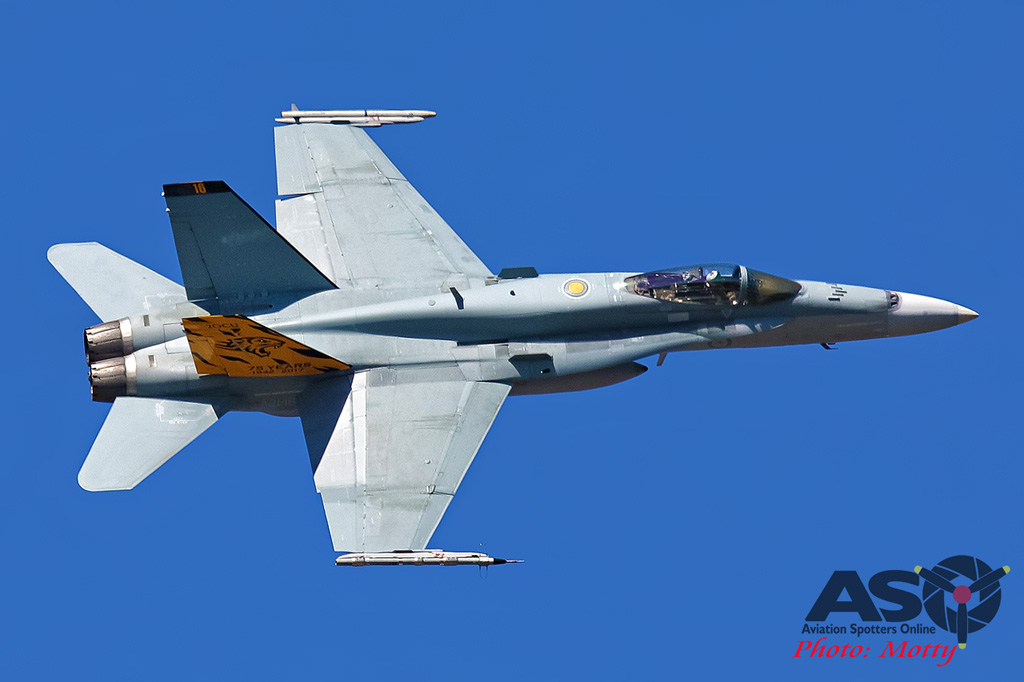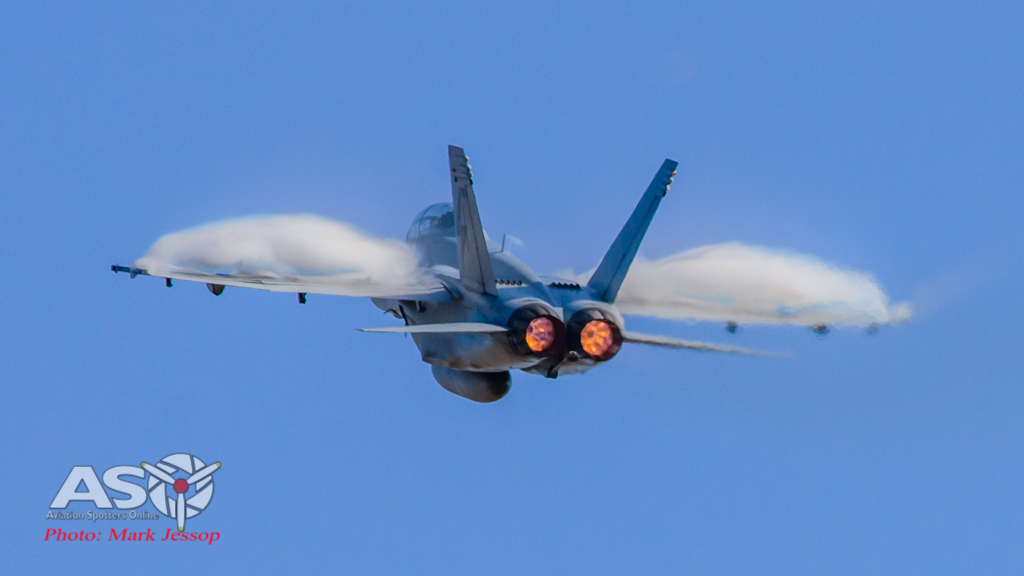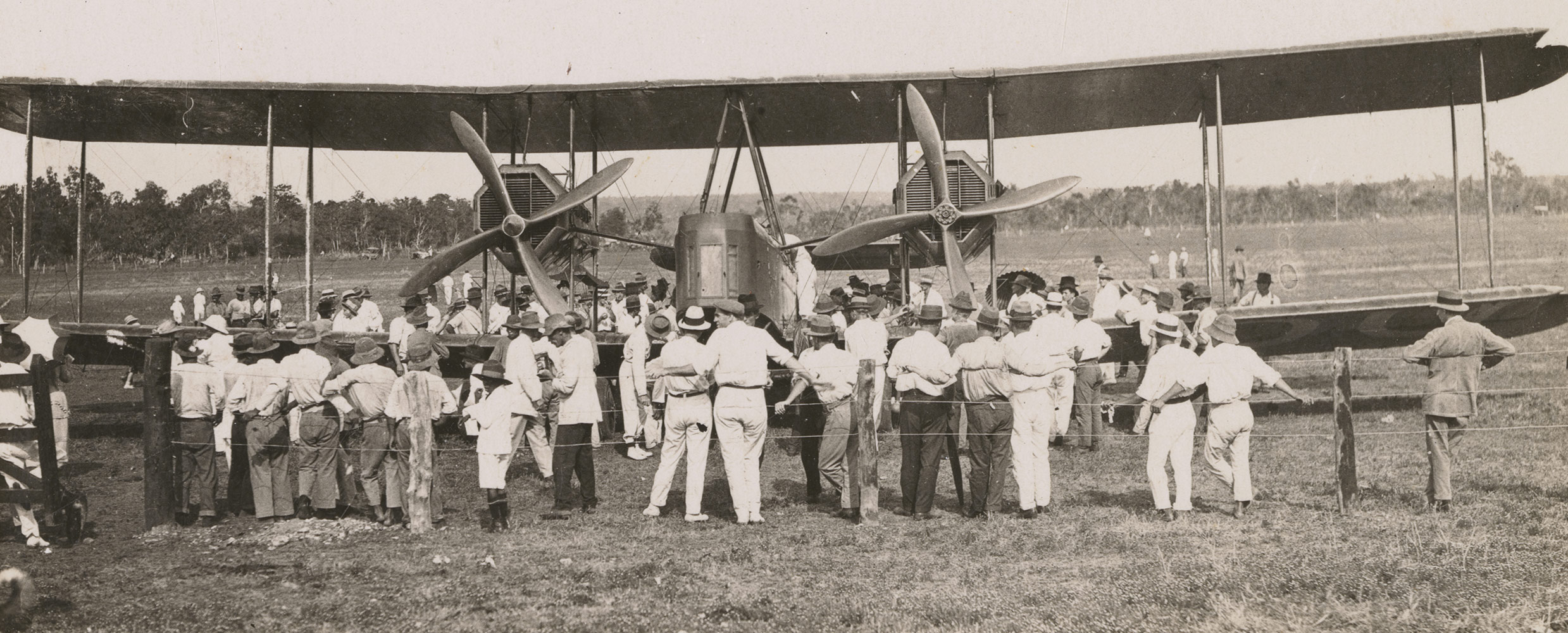ASO recently had the chance to meet new F/A-18 Hornet solo display pilot FLTLT Matt “Traylz” Trayling and ask him a few questions.
ASO- When did you first find the love of aviation ?
Traylz- It was when I was at primary school. I was a soccer player and at one of my field games on a Saturday, a jet flew over. It was a Hornet, and one of my team mates said ” that’s my Dad”. That’s when I knew I wanted to start flying. I had fallen in love with it.
ASO- And where was this?
Traylz- In a town outside of Adelaide.
ASO- If you remember a jet that early in life, do you remember the first time you flew in a aircraft?
Traylz- Yes from then-on my fire was lit. I ended up getting my pilot’s license before I had a car license. I went gliding at Goolaw where I got my solo license and took it up from there.
ASO- So from there your passion is aviation and you started at an early age, was the Air Force the career you were after ?
Traylz- Yes, definitively. So I knew I wanted to fly fast jets and yes at the time the Air Force was the only stop for me.
ASO- From high school, how did you make the transition into the military?
Traylz- I sought advice early through defence recruitment and said “how do I steer my schooling so I have my best chance of being selected as a Pilot? “They gave me a list of prerequisites; “this is what you have to meet, these are the hoops you need to jump through and if you cover off on those then you will be in the pool to be selected as a pilot”.
ASO- Once you had this information did you ever feel you weren’t sure you could make the level you dreamed of ?
Traylz- Of course, that was always in the back of my mind the whole way through but I think that just drove me harder, and the fact that the RAAF told me there and then; “The intake is very small and very limited, so the chance of you making it through is quite slim” just fueled my desire to want to do it more and drove me to do the best I could at school and the processes leading up to all the tests fort getting into defense.
ASO- So you have made it into defence but there is still a battle ahead to reach that dream, can you describe how, even though you have your wings, there is still a lot more to achieve ?
Traylz- Just getting your wings in itself is a process, going through the flight screening, which is 2 weeks of dedicated flying, to see who would make the pilot training scheme standard. If you meet that standard you then go onto PC-9s at 2FTS and, if you meet that standard, you are awarded your wings. From there you are a pilot who is sent out to one of the Squadrons in defence.After that, if you are selected for fast jets, you are onto the Hawk for 6 months of training with 79 squadron at RAAF base Pearce, Western Australia, and then another 6 months with 76 squadron at RAAF base Williamtown New South Wales. Then you finally get the chance to fly the F/A-18 Hornet with 2OCU at Williamtown which, at the time, was the hardest thing I had every done in my life.
ASO- Do you remember the day that you were told that you had the chance to fly jets?
Traylz- I do remember, it was a pretty special grad night. I had my family there as well so they were all invited into the base for a nice big sit-down dinner and they presented you in a comical sort of way I suppose as they reveal your posting. I was with my best mate that I joined defence with as well, he went through the same process with me and we both got selected at the same time, so it was an amazing night for us.
ASO- So you’ve made it through. You’ve gone through the Hawk (which I’m sure has some nice performance as well), can you describe the first flight in a Hornet? It was your dream, you have thought about this moment and now it’s there in front you.
Traylz- What was funny was that my first ride in the Hornet was in the front seat. I wasn’t the backseat passenger for the first time I strapped into Hornet, I was flying the jet. I obviously had an instructor behind me, but just rolling down the runway, the first thing in my mind was “I’m not keeping up with this aircraft”. Like, “I’m so far behind it that I’m still back in the classroom”. I needed to spend another six hours reading the book and the checklist for this because I was already airborne and over-speeding everything.
ASO- But you can still remember that moment with a smile because it’s just it’s here! It’s real! I’m airborne in a Hornet! From there you are still under pressure because you’ve only just started to fly a Hornet and at any time you may not make the grade. How did you find that type of pressure that you put on yourself?
Traylz- It was so immense going through 2OCU. I’m so lucky I had such an understanding wife and family at the time as I literally had to shut myself in my office after I got home from work and she just accepted that she wasn’t going to see me for the next three to four hours of that evening while i was busy prepping for each flight the next day. There’s always that the daunting feeling that you might not make the grade the next day, or might fall short in that flight, which means re-flying certain areas, and having that pressure is just something that is on you the whole time throughout course. Family support and the support of your course-mates goes a long way with helping to deal with that pressure, as well as just doing what you enjoyed doing before you joined the Air Force. I used mountain biking and surfing to help keep myself real.
ASO- So you have passed the conversion course at 2OCU and are now going to an operational unit. What was the first squadron you were posted too?
Traylz- I went straight into 3 squadron in 2014. They were away in Guam at the time so I essentially rocked up to the squadron with minimal personnel there, which was good for me because I did a Basic Fighter Maneuvers (BFM) program for the next nine weeks, so I just got to enjoy BFM fighting in the Hornet for a couple of months with a very well-known XO there who just showed me some really cool flying, which I really appreciated.
ASO- It’s Exercise Cope North which is held at Guam isn’t it? So you went to Guam with 3 Sqn the following year. You would have had some international participants there, to go up against and have some fun with?
Traylz- Yes, definitely. It was the first time I got to see dis-similar fighting techniques, so I trained fighting against the USAF who brought their F-15’s over and I got to ride in an F-16 while I was there as well, so it just opened up the world of aviation for me.
ASO- So it’s like all of a sudden you’ve gone from that childhood dream of the Hornet being the focus to seeing and flying against international aircraft and getting an opportunity to fly with that aircraft, which you wouldn’t have dreamed of as a kid, would you?
Traylz- You can’t picture that and when you are really there and you’re in amongst it, and it’s just like, we’re just a small part of this whole churning beast of military aviation, and to be a part of it, and in the Hornet, is just amazing.
ASO- So that’s a big thing which you are saying that, as a front line fighter pilot, there is one person in the front but it takes 120 people minimum to make that flight happen. How do you find the teamwork, even from a pilot’s level, all the way through the squadrons, of what actually makes your job happen ?
Traylz- It won’t work without the teamwork, so you have hit the nail on the head there. If you don’t have people that are all in sync with you and don’t all have the same focus or the same goal, it’s just not going to work. And it’s something I’ve seen at every squadron I have been to; they’ll all focus, they all have one one goal in mind and that is to get people safely in the jets, execute the mission safely, do it professionally and make it look good for everyone else as well.
ASO- Which Squadrons have you served with?
Traylz- I have been with 3sqn,77sqn and now I’m back at 2OCU.
ASO- So you have come full circle and you have put the years of experience into the younger guys, how was that move for you ?
Trazly-So I’m going to start instructing on the next course, which is going to be mid year 2017, so I feel like I’ve still just left the school really. Like I’ve just left being taught how to fly the Hornet myself and now I’m going to have to start teaching guys to fly it as well, which is obviously a massive responsibility, but I’m looking forward to that immensely. I really want to be an instructor.
ASO- So late last year you got some exciting news, can you explain a bit more about that?
Traylz- Yes. So my CO at 77sqn told me that, after leaving 77sqn, there was potential for me to be going onto the a AWIC (Air Warfare Instructor’s Course), although only as a spare. The better news though was that the CO said I was also going to be the 81Wing display pilot, which means flying the handling displays of the RAAF F/A-18A Hornet, which just blew my mind as I have never flown any aerobatic shows before my life. Obviously I have a keen interest in it and being selected to do it is awesome!
ASO- That’s great!. Thanks very much for your time and we hope you have a lot of fun as the RAAF’s Classic Hornet display pilot. We look forward to seeing (and photographing) your shows.
Our sincere thanks to Traylz, 2OCU and the RAAF for this opportunity.










Awesome photography of spectacular aircraft. Thanks Mark for taking the time and effort to share with all and sundry, especially we who don’t get many, any airshows.
I made it to the Evan’s Head show this year and at long last had a joy flight in the very pretty L39 Albatross. Wonderfull experience especially as my son works for the makers, Aero Vodochody in Prague, and I kept my lunch down despite the 4G manoeuvres. The snap roll finally did me in, but I held on ‘ok. I get terribly seasick, so was lucky on the day.
Thanks Ian and yes, I agree if you don’t live close to an Airshow you just don’t see the action or get up close to any of the Military people. Evan’s Head Airshow is a cracker show and it’s great to the number of smaller shows popping up around the country.
As for the L-39, I do like this jet! I think it just doesn’t get as much attention just due to how quite they are. Ah the snap roll , most people think oh that looks not to hard but only once you go for a ride do you understand just how full on it is. – Mark.